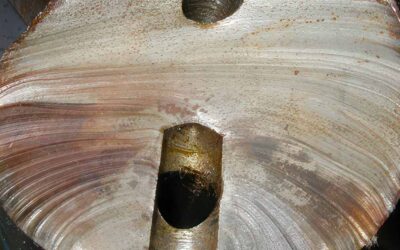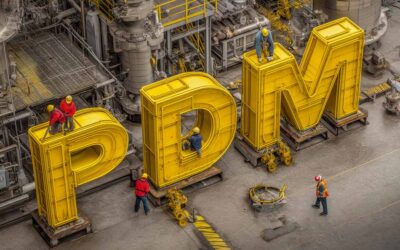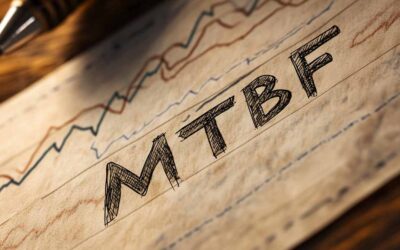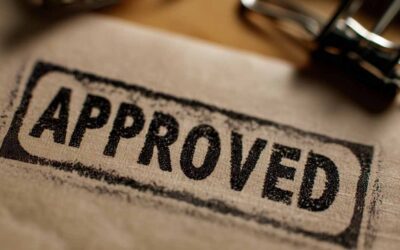Calculating Maintenance ROI
A business case must be established before any reliability project or initiative can begin with the financial benefit or risk determined. In this article, we will deal more with financial risk than business risk regarding safety or environmental issues.
To determine the ROI (return on investment), it is necessary first to establish the objective of the reliability initiative. The initiative’s aim should have a financial value assigned. An example may be:
Reliability Objective: Increase the reliability of production assets on a specified production line by 8% with a financial value of $8 million in the first year.
Developing the initiative’s objective and assigning value to the objective is vital to receiving management’s approval. The objective above could be broken down further into more defined measurements to include:
- Increase the number of units produced in year 1, year 2, year 3, etc.
- Reduction in unit cost per unit in year 1, year 2, etc.
- Increase quality yield by % in year 1, year 2, etc.
- Reduction in maintenance cost by 10% in year 2, 20% in year 3, and 30% in year 3 based on current maintenance material, labor, and contractor cost
Leadership ROI Team
The first step in this process is to develop a team of professionals who would jointly develop the business case, which includes the ROI. This team must consist of the plant, or corporate financial person, production leadership, maintenance and engineering leadership, and plant or executive management.
Often, any of these personnel will try not to participate in this process; however, if they do not, the chance of the initiative being approved is very low. I always ask managers how much their time is valued. In most reliability initiatives, the value is so high that they have no option but to participate.
Case Study
An example of this value would be a true situation where I will change the names to protect the company’s true identity.
Company name: XYZ Company
Situation: Demand for this plant’s product was expected to double in the next one year – two years.
- The company was adding additional production lines in the plant in order to keep up with production demands.
- According to production management, no additional capacity of current assets was available.
- Equipment reliability was a concern because downtime was seen as high (no real numbers available)
- The skill level of maintenance personnel was seen as a problem because of reliability issues, so a “pay for skills” program was implemented, which was seen to have little effect on the reliability issues.
- A new maintenance manager was appointed from engineering.
The Team:
The plant manager developed a team to determine a solution to the reliability problem with real concern that the new production lines will have similar production issues if equipment reliability is not improved.
The team consisted of the plant manager, production and maintenance manager, engineering manager, plant comptroller, and outside consultant.
Findings: After evaluating the situation, the management team found the following information to be valid and agreed upon.
- Asset reliability problems consisted of only 3% of total downtime
- The maintenance department had a PM program developed based on the manufacturer’s recommendations and was very vague
- The maintenance department had no repair procedures developed
- Changeover standards were set too high, resulting in a total downtime of 40%
- Changeover standards were developed based on plant startup 6 years prior with no further evaluation for improvement
- Quality losses were exceeding 9% of the production rate due to a lack of good production operating procedures
- Operating procedures were developed after the plant initially started up and were never updated
- Little if any data tracking system could be found
- The computerized maintenance software system was used very little
- The production software system was used very well. However, the data being reported was not valid.
Return on Investment (ROI) results:
- The plant was operating at 57% of the actual capacity rate.
- The Changeover standard was set to high (4-hour changeover went to 45 minutes)
- Changeover between shifts was costing an average of 15 minutes between shift times two shifts a day
- Industry-known product quality benchmarks were found to be 3%, whereas this plant’s quality losses were at 9%, resulting in a delta of 6%
- 78% of quality losses were caused by operator error on each production line
- The other losses were a result of many factors
Final numbers:
- Plant capacity increased to 94% within 6 months (sold to corporate as a two-year project)
- Resulting in an increase in net profit = $12 million
- Capital expenditure was halted, resulting in a savings of $4 million
- Quality increase to 4% in one year
- Resulting in an increase in net profit by $800,000
- Maintenance costs increased in the first year by 10%
- Maintenance costs decreased over the next two years by 34% ($420,000)
- Total cost of the project (2 years)
- Production consulting services = $400,000
- Maintenance consulting services = $800,000
- Skills Training = $150,000
- Other cost (training for managers, visits to other plants, etc) = $120,000
- TOTAL COST:
- (year 1) = $1.1 million
- (year 2) = $250,000
- INCREASE IN REVENUE
- (year 1) = $13 million
- (year 2) = $4,220,000
In the final analysis, the plant spent $1,350,000 in order to return $17,220,00. If you notice, the cost was front-end loaded. Corporate was told the expected return was $3,200,000 and not $17,220,000. The cost was stated as estimated. The plant team “under committed but over delivered.” This was one of many situations which actually happened.
Lessons Learned
- Develop a leadership team to identify the ROI.
- Have the primary financial person on the team provide hard validation of the cost and ROI.
- Determine where all the losses may be occurring and focus on the losses worth going after. Some losses will always happen but must be determined and accepted as part of management’s operating strategy. For reliability, allow for scheduled downtime (weekly, monthly, yearly schedules based on time and not asset health), unscheduled downtime (for rework, a possible ineffective PM program, total functional failure), and maintenance, which will reduce as a result of an increase in reliability and reduction in production reactivity (overtime, labor lost through attrition, maintenance materials purchased and their delivery, storeroom value, contractors, and capital for replacing equipment not maintained appropriately).
For production—if the equipment is not operating to the functional requirements, it is producing a loss—allow for product startups and changeovers, personnel breaks, product quality losses, operator error, and partial and total functional failures.
- Determine the objective of the project or initiative and quantify it.
- Under commit and overdeliver every time.
Sourced from “Rules of Thumb for Maintenance and Reliability Engineers” by Ricky Smith and Kieth Mobley











